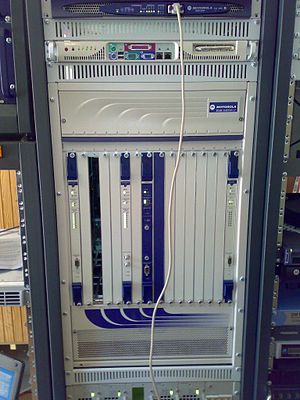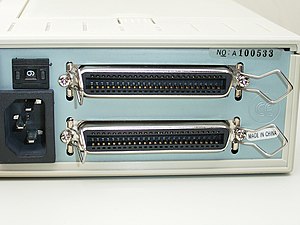Startup Phases for x86-based Systems
The Windows XP Professional startup process closely resembles that of Microsoft® Windows NT® version 4.0 and Microsoft® Windows® 2000, but significantly differs from Microsoft® MSDOS®, Microsoft® Windows® 95, Microsoft® Windows® 98, and Microsoft® Windows® Millennium Edition (Windows Me).
All computers running Windows XP Professional share the same startup sequence:
Power-on self test (POST) phase
Initial startup phase
Boot loader phase
Detect and configure hardware phase
Kernel loading phase
Logon phase
The preceding startup sequence applies to systems started or restarted after a normal shutdown, and does not apply when you bring your computer out of hibernation or standby.




